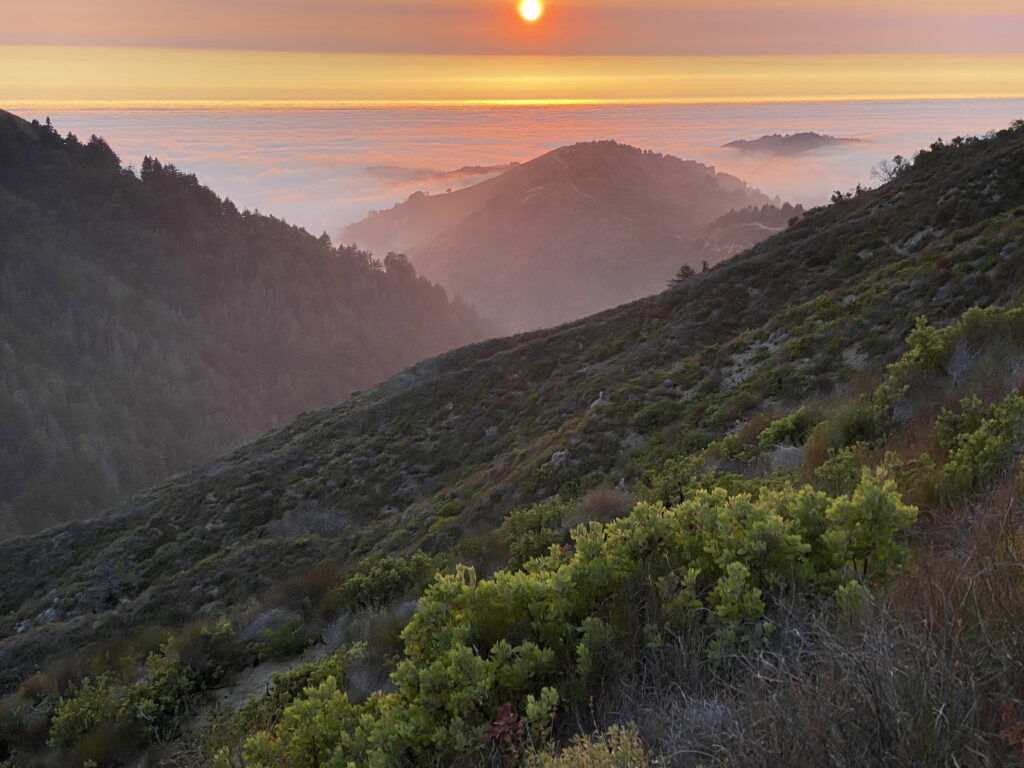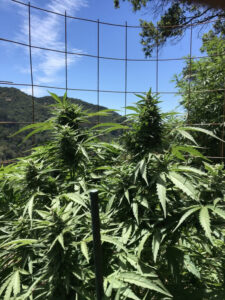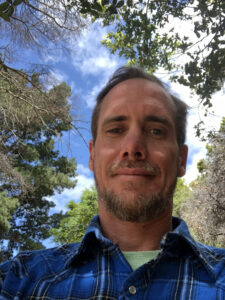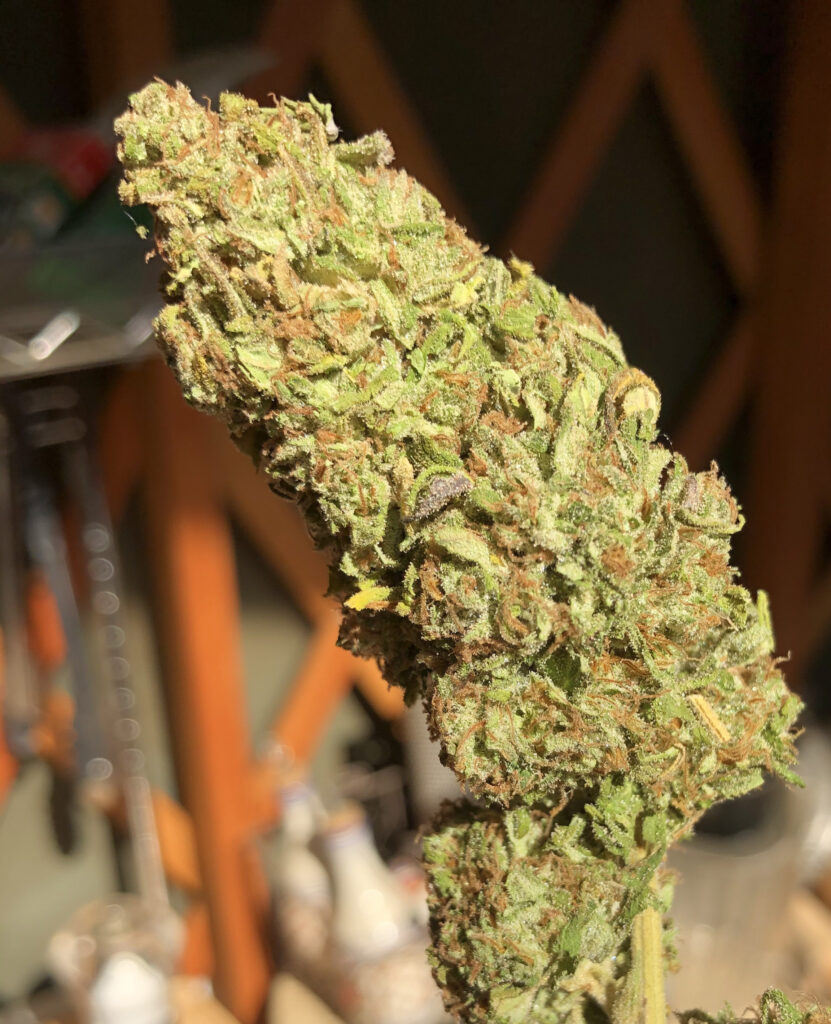
For over 150 years, residents and visitors alike have not run short of reasons to support the claim, “There’s no place like California.” And since the 1960s, that claim has been echoed—albeit in whispers—among cannabis circles around the globe. Bestowed with rich soils and a unique Mediterranean climate, counterculture-turned-farming communities in California pioneered cultivation and breeding practices that would revolutionize cannabis, and in the process, give the Golden State near mythic status. Strains such as Haze, Kush, Blueberry, Purps, Skunk, and SAGE became legendary, as did the California regions that produced them: Big Sur, Santa Cruz, and the famed Emerald Triangle of Mendocino, Trinity, and Humboldt Counties. For a plant whose history spans millennia, such developments were more than just a feat; they proved to be a game changer. By the dawn of the twenty-first century, the innovations of California cultivators had created the very seedbed upon which the modern world of cannabis would flourish.

The UC Berkeley Oral History Center (OHC) is proud to announce the launch of the California Cannabis Oral History Series, and the release of the series’ inaugural interview, Oliver Bates: Reflections on Over Three Decades in the Cannabis Industry. Created by OHC Historian Todd Holmes, the new oral history series seeks to capture the untold history of the state’s cultivating communities and finally situate cannabis within the historical record. The Center is also thrilled to announce that Holmes will add nearly a hundred hours of interviews to this important series over the next two years as part of a multi-institutional research team studying legacy genetics among California cannabis communities. Supported by a $2.7 million grant from the California Department of Cannabis Control, the project will be conducted within a community-based participatory research framework that combines oral histories, ethnographic field studies, community outreach, genetic sequencing, and the creation of community herbariums.
An Untold Legacy
The significance of documenting the history of California cannabis is hard to overstate, as it has long been relegated to the shadows. Designated an illegal substance in 1937 with the passage of the Marijuana Tax Act, cannabis cultivation was forced to take root in the dark soils of prohibition—a landscape that legally branded farmers as outlaws, and their crop as contraband. Thus, unlike other agricultural sectors, cannabis had no state organizations to provide support to growers, no venues to share the latest methods and innovations. In fact, most cultivators lived and operated in near seclusion, which proved an important survival tactic amid America’s escalating War on Drugs. The craft of cultivation, therefore, came to resemble a highly guarded secret among cannabis communities, one that was passed down over the decades from one generation to the next. In a touch of irony, cannabis also arose during this same time to become—in terms of estimated sale revenue—the state’s number one cash crop. California voters finally began to pull back the veil of prohibition in 1996 with the passage of Proposition 215, which legalized cannabis for medical use. Twenty years later, voters fully legalized cannabis in the state with Proposition 64. For the first time in modern history, California cannabis farmers were able to fully step out of the shadows; and with them, came the untold history of their craft.

The oral history of Oliver Bates represents the OHC’s initial step toward documenting this overlooked history. President of the Big Sur Farmers Association and a thirty-year veteran of the cannabis industry, Bates began growing on California’s Central Coast in his teens, applying the methods he learned from working with elder farmers in the Big Sur community. Upon the passage of Proposition 215, he moved his small operation from the secluded mountains of Big Sur to a sizeable open farm in Monterey County, where he was among the region’s earliest cultivators of medical cannabis. The medical boom soon led him north to the border area of Mendocino and Humboldt Counties—the epicenter of the famed Emerald Triangle. There he worked in the historic Spyrock community with some of the top growers in the industry, helping to develop the new techniques and strains needed to meet the ever-changing demands of the evolving cannabis market.
“It was so dangerous and so tight knit…if you were lucky enough to know a grower, and then worked very hard for that grower, maybe you were lucky enough to get a few tricks so you didn’t have to spend the next ten to twenty years falling on your face to get it right. Because it’s a very finicky plant if you don’t know what you’re doing. It’s very sensitive. It’s hard. People think and say, ‘It grows like a weed.’ Not true.”
His experience at Spyrock expanded and refined his skillset as a cultivator. It also introduced him to the next chapter of his career: indoor hydroponics. For a grower who strove for perfection with every plant, Bates found the potential of indoor hydroponics hard to resist. Outdoor cultivation requires a farmer to work with the natural environment to produce the best possible product—a factor that explains California’s preeminence in cannabis cultivation. Indoor cultivation allows growers to create the optimal environment, and with it a greater chance for a more optimal product. Bates quickly took to the new venture, opening large indoor operations in Oregon and Colorado before returning to California to run one of the largest hydro operations in Santa Cruz County. And in each location, he increased both scale and variety to keep apace the shifting currents of the medical cannabis market. For a farmer who began growing in the secluded Santa Lucia Mountains of Big Sur, the developments he had both witnessed and helped advance in the cannabis world were staggering. The medical market now came to include hundreds of cannabis strains, powerful concentrates, and an ever-growing assortment of THC products.
In 2012, Bates returned to Big Sur with the intention of getting back to a simpler practice. Bothered by the environmental excesses of indoor growing and the commercialism of the cannabis market, he yearned to return to his roots by growing legacy cultivars in the community he called home. He also wished to be of service to his fellow farmers. Upon the passage of Proposition 64 in 2016, Bates helped found the Big Sur Farmers Association, a mutual benefit nonprofit that works to support, protect, and advance the rights of cannabis cultivators in the region.
Partnering on Ground-Breaking Study

The oral history of Oliver Bates stands as a unique and valuable piece within the large mosaic of California cannabis—a picture that the OHC and its institutional partners hope to bring into better focus through their research project on legacy cannabis genetics. Supported by a $2.7 million grant from the California Department of Cannabis Control, the multi-institution research team will identify, document, and help preserve the history and diversity of the state’s legacy cannabis genetics and the communities that steward them. In many respects, the project stands as the first of its kind. First, the study will be conducted within a community-based participatory research framework, an approach where community members, organizational representatives, and academic researchers operate in partnership on all aspects of the research process. The community organizations partnered on this study are the Origins Council (OC), a California nonprofit public policy and research institute serving California’s historic rural cannabis farming regions and the Cannabis Equity Policy Council (CEPC), a statewide equity advocacy organization representing the interests of Black, Indigenous, and people of color (BIPOC) in urban communities.
Second, the study is being collaboratively led by a multidisciplinary team of researchers from across the state. The research team includes: Principal Investigator Dr. Dominic Corva, assistant professor of Sociology and program leader of Cannabis Studies at California State Polytechnic University, Humboldt; Co-Principal Investigator Genine Coleman, executive director of Origins Council; Co-Principal Investigator Dr. Rachel Giraudo, associate professor of Anthropology at California State University, Northridge; Co-Principal Investigator Dr. Todd Holmes, historian and associate academic specialist with the Oral History Center of The Bancroft Library, University of California, Berkeley; Co-Principal Investigator Dr. Eleanor Kuntz, co-founder of Canndor, the world’s first cannabis herbarium, and co-founder and CEO of LeafWorks, a genomics and plant science company.
For the Oral History Center, this project will add nearly 100 hours of oral history interviews to the California Cannabis series, making this collection the largest of its kind on cannabis history in the United States. These firsthand accounts will document the history of cultivation communities in the legacy regions of California’s Central and North Coasts as well as urban cultivators in cities such as Los Angeles, San Jose, and Oakland. Moreover, when paired with the other work of the research team—like the genetic sequencing and community herbariums produced by Dr. Kuntz at LeafWorks, and ethnographic fieldwork Dr. Corva at Cal Poly Humboldt—the oral histories will play a critical role in the official documentation of California’s world renown cannabis genetics. We are excited about the future of this project and the impact it will have for the scholars and policymakers of today, and those of tomorrow.
Watch The Short Film
The oral history interviews of Oliver Bates served as the basis for the short film, The Legacy of Big Sur Cannabis. Created and produced by OHC historian Todd Holmes and his partner Heidi Holmes, the film was recently featured in the Cannabis Exhibition at the 2023 California State Fair.
About The Oral History Center
The Oral History Center of The Bancroft Library preserves voices of people from all walks of life, with varying political perspectives, national origins, and ethnic backgrounds. We are committed to open access and our oral histories and interpretive materials are available online at no cost to scholars and the public. You can find our oral histories from the search feature on our home page. Search by name, keyword, and several other criteria. Sign up for our monthly newsletter featuring think pieces, new releases, podcasts, Q&As, and everything oral history. Access the most recent articles from our home page or go straight to our blog home.